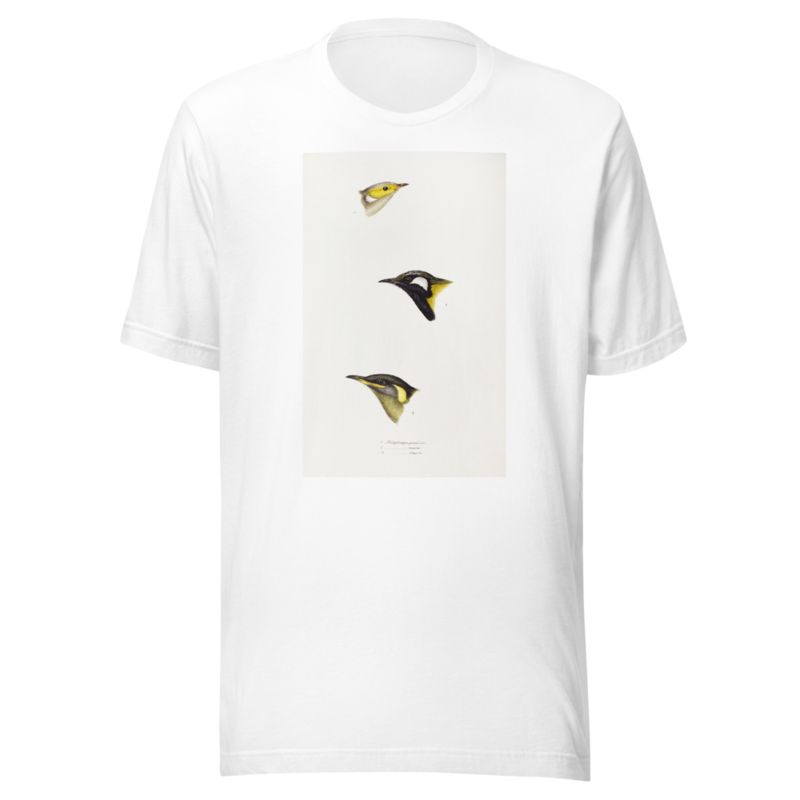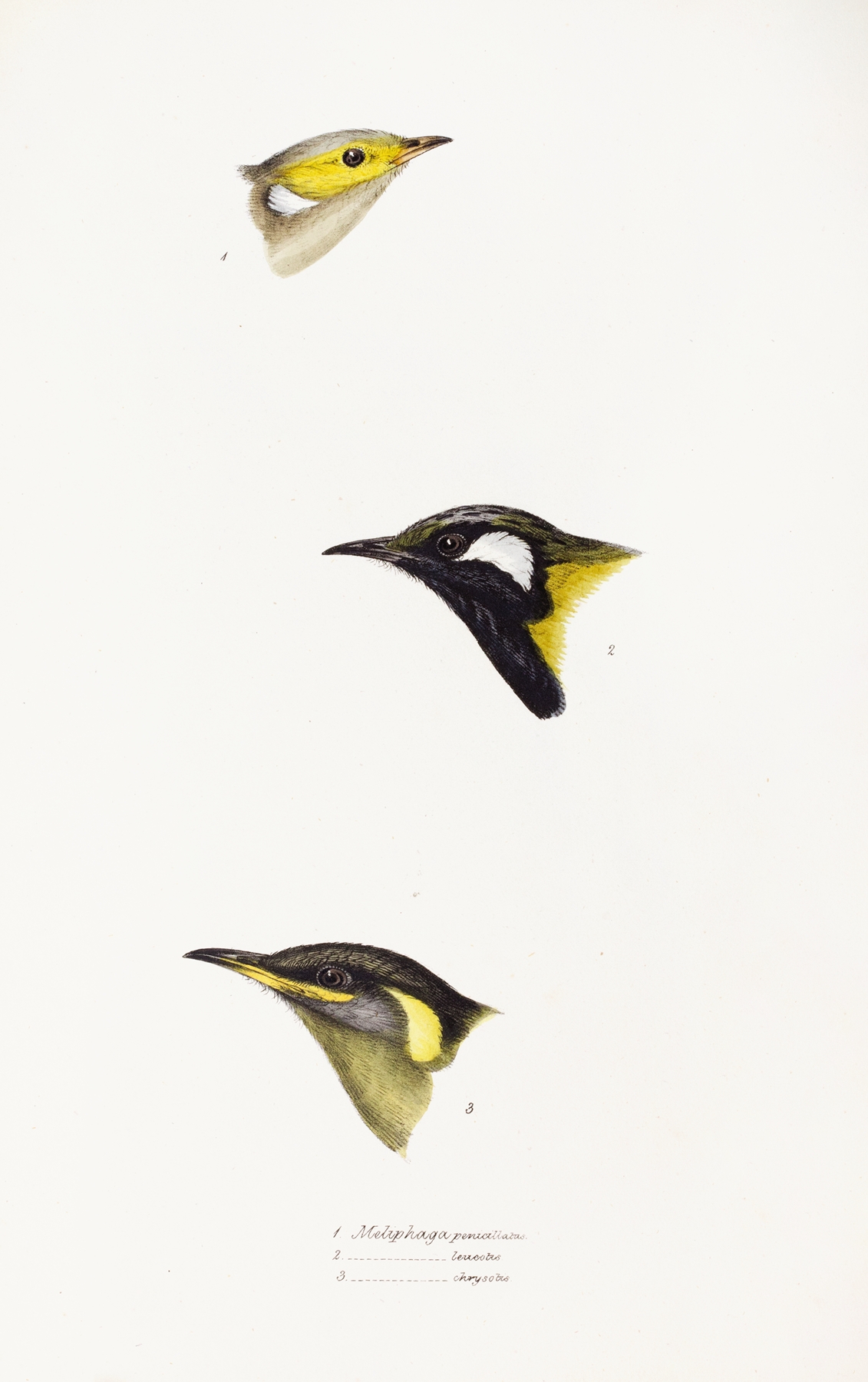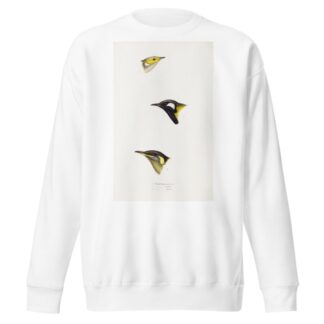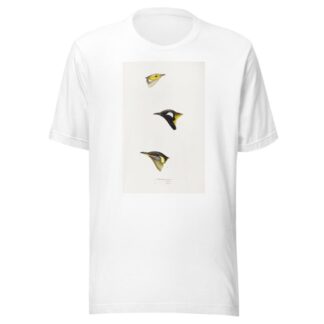Description
A synopsis of the birds of Australia, and the adjacent Islands Pl.15 by Elizabeth Gould printed on a T-Shirt
About the T-Shirt
Regular fit
Standard length, the fabric easily gives into movement
Casual wear
A classic, everyday option loved by our customers
Side-seamed
Constructed by sewing two parts together, creating a fitted look
The Unisex Staple T-Shirt feels soft and light with just the right amount of stretch. It’s comfortable and flattering for all. We can’t compliment this shirt enough–it’s one of our crowd favorites, and it’s sure to be your next favorite too!
- Solid colors are 100% Airlume combed and ring-spun cotton
- Ash color is 99% combed and ring-spun cotton, 1% polyester
- Heather colors are 52% combed and ring-spun cotton, 48% polyester
- Athletic and Black Heather are 90% combed and ring-spun cotton, 10% polyester
- Heather Prism colors are 99% combed and ring-spun cotton, 1% polyester
- Fabric weight: 4.2 oz./yd.² (142 g/m²)
- Pre-shrunk fabric
- 30 singles
- Side-seamed construction
- Tear-away label
- Shoulder-to-shoulder taping
- Blank product sourced from Nicaragua, Mexico, Honduras, or the US
Elizabeth Gould (1804-1841)
Elizabeth Gould, née Coxen, was a British artist and illustrator, married to naturalist and author John Gould. She produced many illustrations and lithographs for ornithological works, including plates in Darwin’s The Zoology of the Voyage of H.M.S. Beagle and the Goulds’ seminal work The Birds of Australia.
Elizabeth was born on 18 July 1804 in Ramsgate, England to a military family. Elizabeth likely underwent training in drawing and botany from an early age as was typical of a woman of her class in Victorian England. She met John Gould through her brother, Charles Coxen, who was also an taxidermist. She married John Gould in January 1829, both 24 years old. Elizabeth began her professional work-life by producing ornithological drawings intended to supplement John’s ornithological writing in letters to colleagues. John encouraged her to learn lithography and asked his collaborator Edward Lear to teach her.
The extent of Lear’s direct influence on the artist is uncertain, but they moved in a circle of artists and natural historians working on similar publications. All of this group were enthused with the depiction and scientific illustration of the unknown animals found on European expeditions, especially the novelties in English collections of Australian birds and mammals. Once proficient with the art form, she created illustrations from John’s more rudimentary drawings. She designed, lithographed, and painted more than 650 plates.






Reviews
There are no reviews yet.